Essendon Airport’s future in spotlight amid overdevelopment fears
THE future of Essendon Airport and surrounding developments will be reviewed amid criticisms that too many buildings have sprung up in the area.
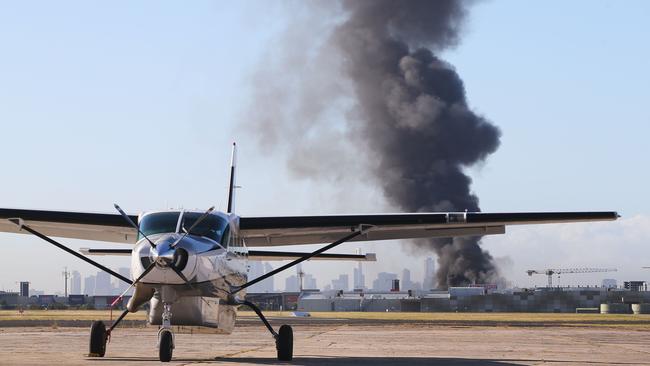
VIC News
Don't miss out on the headlines from VIC News. Followed categories will be added to My News.
- Five dead in Essendon plane crash
- Golfers named as plane crash victims
- Doomed DFO pilot ‘a great guy’
- Witnesses to Essendon plane crash: ‘It was an enormous fireball’
- News pictures: Plane crash tragedy
THE future of Essendon Airport and surrounding developments will be reviewed amid criticisms that too many buildings have sprung up in the area.
Residents, pilots and aviation experts have flagged fears that the airport precinct has become dangerously built up.
Australian Federation of Air Pilots president Captain David Booth says developments, freeways and houses “encroaching” on areas around Essendon Airport mean there is no room for pilots to force land in emergencies.
ILL-FATED ESSENDON DFO PLANE GONE IN 60 SECONDS
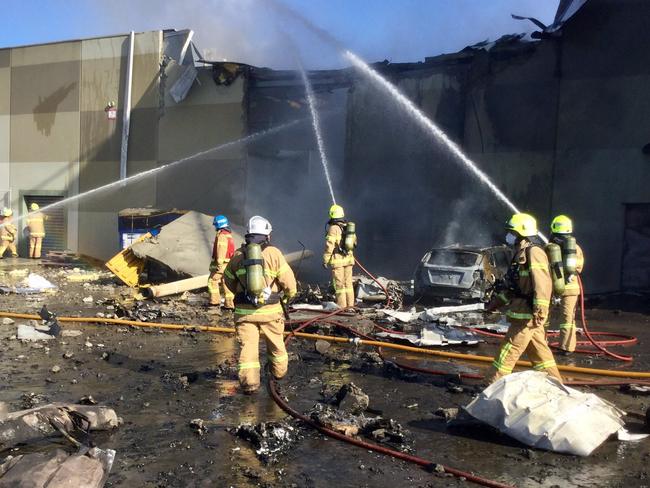
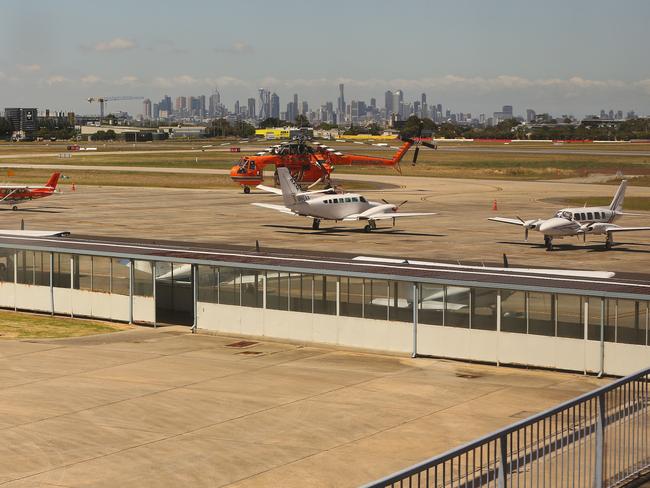
Other airports, including Tullamarine, have extensive vacant land that acts as a buffer zone around the runways.
“At Essendon Airport, because it is so encroached by freeways and housing, if there is any problem with an aircraft taking off on most of the runways there aren’t the areas to force-land the aircraft,” Captain Booth said.
“This really is an example of worst-case outcomes when there are no clear runway overruns available to a pilot.”
PATRICK CARLYON: RESIDENTS RECALL AIRFIELD’S GRIM PAST
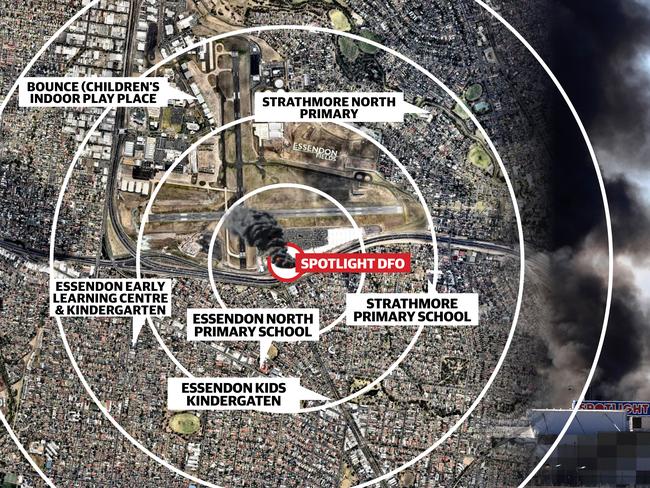
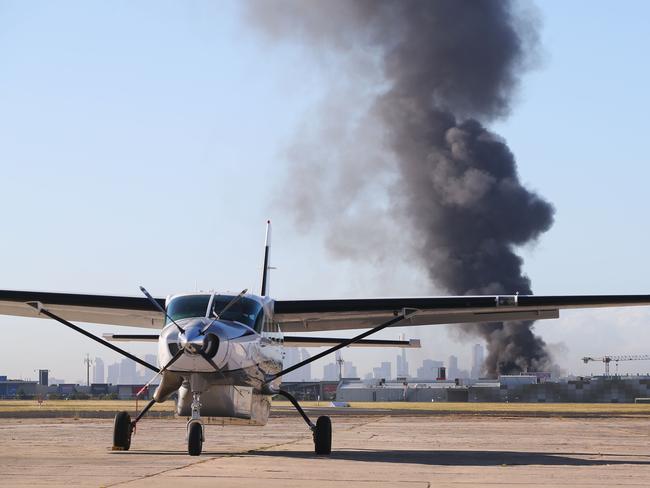
Aviation law expert Joe Wheeler said there was pressure to develop around airports because there was more money in commercial, retail and property development, than in aviation.
“The existence of these buildings in areas that should be ideally kept clear for emergencies ... is not the ideal thing for aviation safety,” Mr Wheeler said.
Premier Daniel Andrews said investigations involving Victoria Police, the Civil Aviation Safety Authority and air safety bureau should run their course.
“There are many thousands of passenger and freight movements that come out of the Essendon Airport every year, and it’s an important transport asset for our state.
“There will be some people who want to have a discussion and debate about how suitable Essendon Airport is ... I think the best thing to do now is allow those processes to run its course. Let’s get the facts and then we can deal with it from there.”
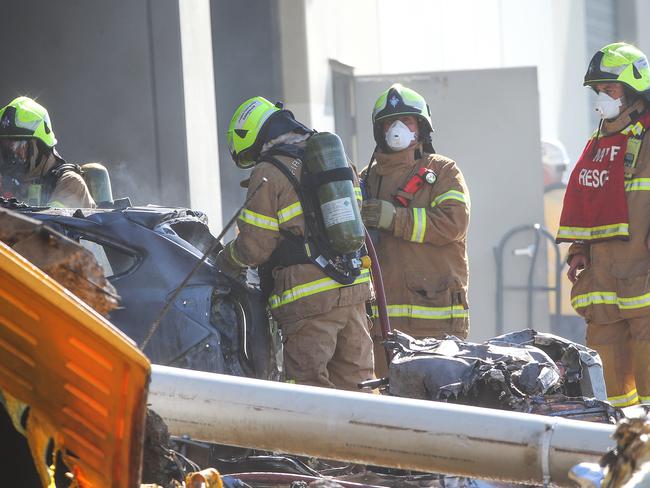
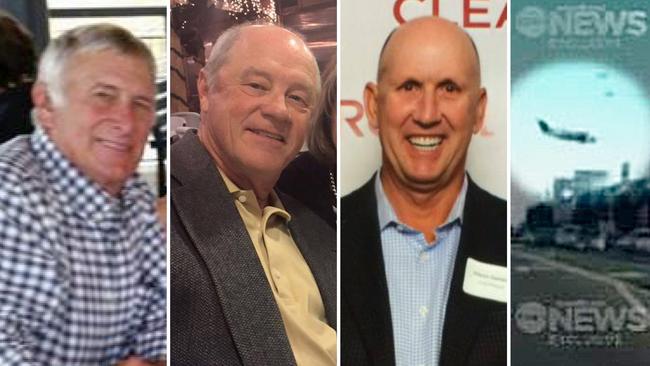
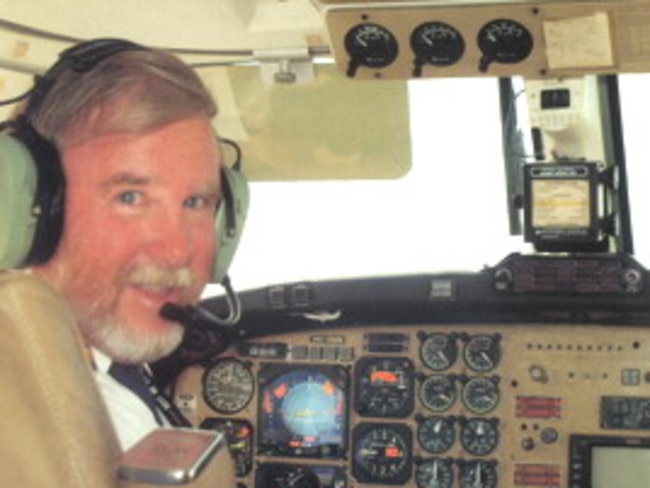
Some residents defended the airport, saying calls for it to shut must be resisted.
Linda Smith, who has lived in her Melissa St, Strathmore home for all of her 62 years, said she often waved to pilots as they landed, and they smiled and waved back.
“If they shut it down, are they going to build 30,000 houses up there? It’d be a nightmare. Since Lindsay Fox has taken it over it’s lovely,” she said. Ms Smith strongly objected to people moving into the area then complaining about the airport noise and safety, adding: “Essendon aerodrome is a very safe aerodrome.”
Another Melissa St resident, Frances Phippen, said that occasionally planes flew in a little close for comfort, causing her to think: “Is that going to land on my roof?”
But she said the crash was “one of those freaky things” and she still felt safe living near the airport.
ESSENDON AIRPORT’S DEADLY HISTORY
THE tragedy which unfolded yesterday at Essendon Fields airport follows other fatal crashes associated with the runway and numerous safety incidents during a 96-year history.
Located in a dense residential zone, the 305ha airport was the scene of an horrific 1978 crash involving a training flight which crashed shortly after takeoff into a nearby Matthews Ave, Airport West house, killing six members of the one family and seriously injuring three occupants of the Partenavia P68B aircraft.
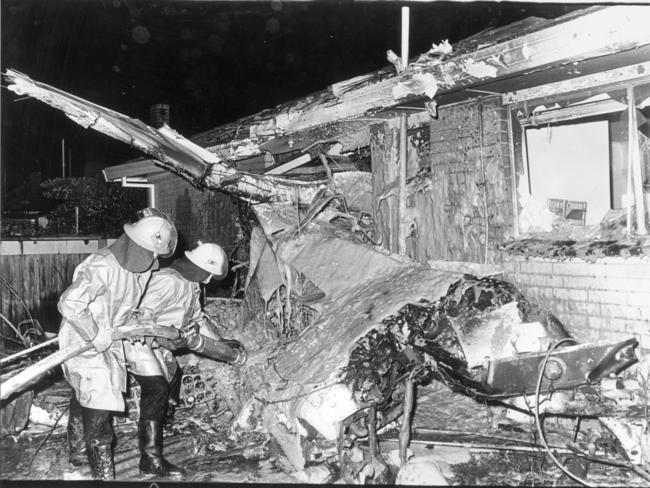
In 1993, a de Havilland Dove also lost power to an engine shortly after takeoff and crashed into a residential area one kilometre southwest of Essendon, leaving the pilot and four passengers seriously injured and one resident of a damaged house with minor injuries.
In 1945, an Australian National Airways Stinson aircraft suffering wing metal fatigue broke apart midair 20 minutes into a flight from Essendon, killing 10 people.
Separate to the small number of fatal accidents, Essendon, like other airports deals with dozens of emergencies and air safety incidents without injuries.
They have included a Cessna 172 which landed heavily and suffered substantial damage in 1990; a Piper PA28 which hit concrete curbing while taxiing in 1992; a Cessna 404 which landed with nose wheel landing gear retracted also in 1992; a Beechcraft Baron landed with the main landing gear retracted in 1994; a Canadian Challenger and Piper PA28 aircraft collided on runways during landing rolls in 1995 and there have been at least four occasions where pilots mistook Essendon for Tullamarine Airport and two where pilots mistook Tullamarine for Essendon.
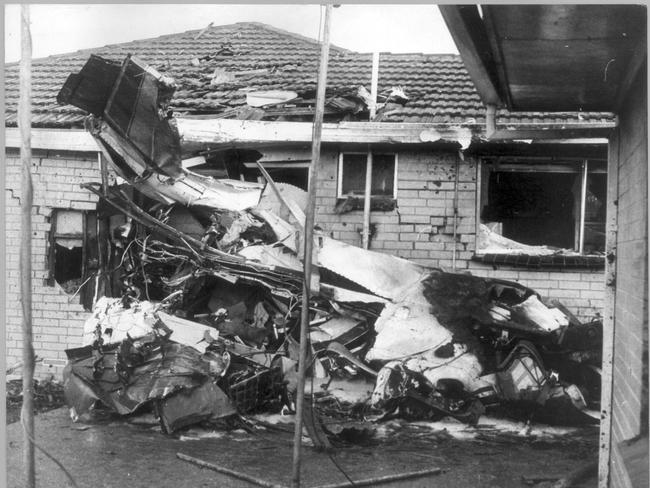
Essendon Fields is currently undergoing a 20-year masterplan set down in 2013, following redesign works which included upgraded runway lights and signage.
The facility is under long-term lease to a joint venture between Linfox Group and Beck Corporation and defines its vision to “create a unique, world class Aerotropolis; connecting workers, suppliers, executives and goods to the domestic and global marketplace” with integrated
aviation, retail, commercial, heritage and green space assets.
Essendon, which was Melbourne’s first international airport prior to Tullamarine opening in 1970, is the city’s main corporate jet hub and houses the Air Ambulance, Police Air Wing, Aero Rescue, Royal Flying Doctor Service and air crane helicopters.


